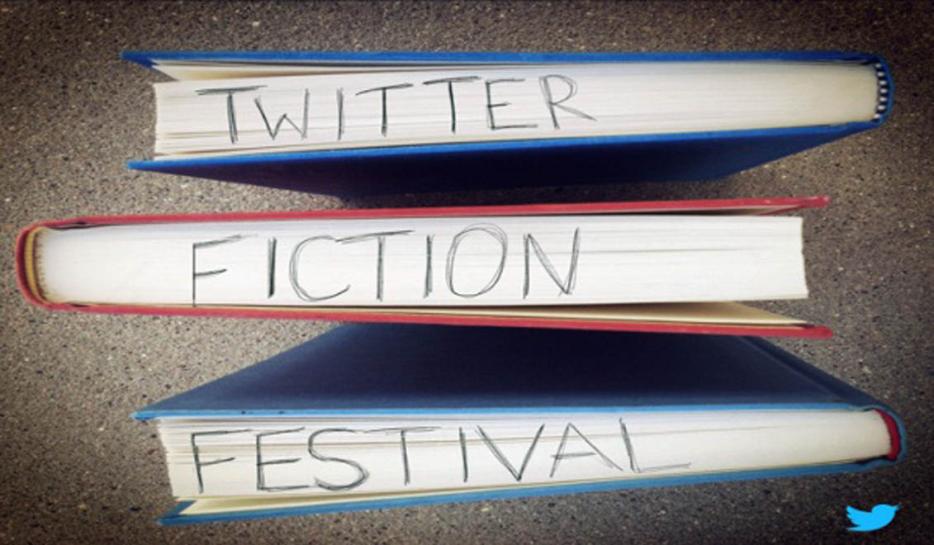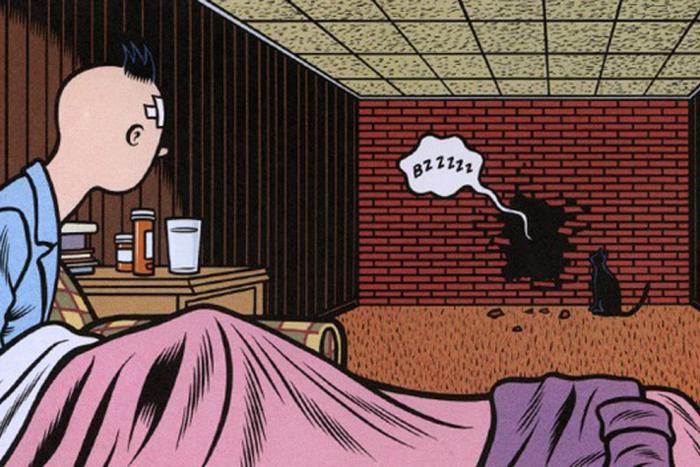The short of what we talk about when we talk about Twitter involves characters and their limits. But it’s hard to address the long of it, because the story never ends—as Shawn Micallef wrote in the inaugural issue of The Toronto Review of Books, “Like any well-made, useful tool, Twitter is an extension of what people want to do anyway.” People want to talk about what they ate for lunch, complain about their jobs, make cracks both wise and unwise. Twitter is, for better and worse, just a part of what it means to be alive right now. So why wouldn’t it be a place where literature happens? Or, as Teju Cole told Matt Pearce for The New Inquiry, “My view is: that’s where the people are, so bring the literature to them.”
Recently Russell Smith wondered about Twitter as a medium for fiction in the Globe. He asked Nathaniel G. Moore, whom Smith qualifies as a “proficient Internet-manipulator,” to explain the genre. Moore, striking a Class A Cool Kid Pose, tells him that it’s already over.
But he’s wrong. Twitter isn’t a genre any more than the codex is a genre. The form, of course, holds and shapes the content, but the content on Twitter is the same vital stuff that’s been poured into older vessels. And people on Twitter are still people, and people still want stories, short ones and long ones.
The Twitter Fiction Festival is happening this week, and Andrew Pyper’s contribution, a reworked—retweeted?—take on Henry James’s “The White House,” looks very promising (the festival only started yesterday). But the format is hardly unprecedented (or, as Moore claims, passe): serialized stories are nothing new; writers are just working with smaller chunks. To diminish these stories because of their medium strikes me as more than a little shortsighted.
Moore’s right about one thing, though: literary live events are taking off. Which, I might add, is the best part of Twitter fiction. What could be better than having, say, Ulysses transliterated live into your stream, nestled among all the characters that populate your digital world? On 2011’s Bloomsday, it was a real treat to see Joyce’s story turned from a thing you read quietly at home into an communally experienced event. Then there’s the example that Smith uses, Jennifer Egan’s Twitter-transmitted “Black Box,” which was subsequently published in The New Yorker this past June. I remember tuning in for the tweeted story—a science fiction short about a futuristic femme fatale spy—with glee each night, perhaps like people once did en masse for plays broadcasted on the radio. The fun is in the moment of transmission; the way these stories are interpolated into our daily lives.






